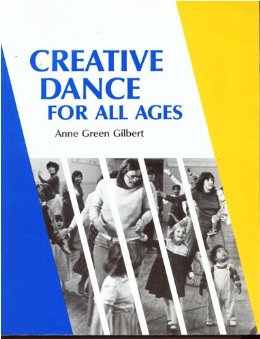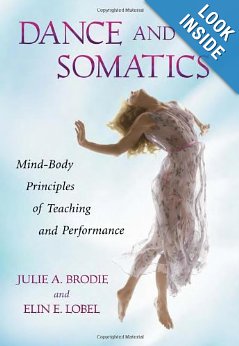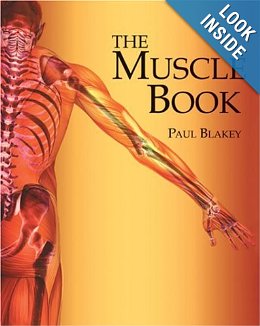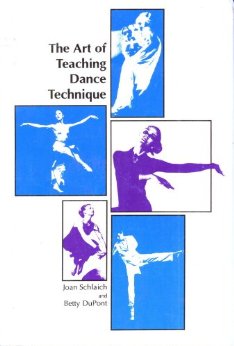|
These are my current go to dance resources. Out of all the books in my dance library, these are the books I return to again and again. Anne Green Gilbert is a genius. This book includes thousands of ideas for class. It is organized by the elements of dance with pages of individual exercises and sample lesson plans for full classes. This book gets my creative juices flowing and keeps my classes fresh. One exercise I'm excited to try this fall is called "xerox shapes" as it encourages young dancers to "remember a shape by closing their eyes and feeling the shape in their muscles." This book is essentially a survival guide to teaching dance to children. Part I is even titled the ABC's of Dance Education and reminds you to consider every aspect of the process from class rules, class management, creating a dance space, planning and organizing classes, assessment, relationships, and what it means to be a dance educator. I return to this book again and again to revaluate what I am doing and how I can do it better. It is super easy to read as each idea is a short essay covering the obstacle, solution, tips, real life example, and the language to use to be successful. I affectionately refer to this book as the Ballet Bible. It includes pictures and descriptions of every ballet step known to man. Enough said. Ahhhhh turn out. No matter what style of dance you teach, a functional knowledge of turn out is key in training dancers to move safely and successfully. This books breaks it all down from stretching, strengthening, what your born with, and what you can do to use what you've got to its fullest capacity. As no two dancers have the same anatomy, I find this book extremely helpful in identifying how I can help my students. Plus, let's face it, my own turn out can use all the help it can get!! I never had the opportunity to study a codified modern technique and my patch quilt of training left me unsure of what I wanted my own classes to look like. This book continues to help me evaluate what's important in a technique class and how I structure my class. I especially love the investigations at the end of each chapter. The questions and experiments make me feel like I have a mentor who is pushing me to take a long, hard look at what I'm doing, and encouraging me to try new ideas. This book is a phenomenal resource for both my personal practice and also as a teaching artist. The book emphasizes the mind body connection and the concepts of breath, initiation, connectivity, and sensing. It is so easy for students to approach dance from the outside (steps and shapes) and this book helps me find ways to bring students inward. I carry this book with me and use it as a resource in my technique classes. Each page has a different muscle or muscle group with a picture of what it looks like, a description of its origin, insertion point, synergists, suggestions for injury prevention, how to identify weakness in the muscle, and how you can locate the muscle on your own body using touch. I have a much better understanding of anatomy thanks to this book! What does it mean to be a dancer today? What are the best training practices to prepare the next generation of dancers? This collection of essays and interviews edited by Melanie Bales and Rebecca Nettl-Fiol examines "evolving practices in dance training." I love the interviews at the end of the book which shares different training paths artists have taken. This book makes me question the choices I make as a dancer with my own body as well as the technique structure of the dance studio and higher education. There is no one way to become a dancer. I took so many notes the first time I read this book. There are many books out there on how to approach teaching dance technique but this one is the winner as it cuts straight to the point with its clear and concise short chapters. The whole books is only 98 pages and focuses on the "how" of teaching. As a dance educator my energy and focus is on my students and their growth and development. This book reminds me that in order to nurture others, I first have to take care of myself. Two integral concepts in this book are morning papers (getting it all out in free writing) and artist dates (time you set aside for yourself to foster your creativity). This book has been key to helping me find balance in my life and keeping me from burning out.
3 Comments
Heather Nabors
8/27/2013 05:42:35 am
I like all of these.
Reply
Rebekah Chappell
8/27/2013 05:51:10 am
Heather-
Reply
janette rawls
8/27/2013 07:08:07 am
Inside Ballet Technique!!!
Reply
Leave a Reply. |
AuthorThis is a way for me to share and process the light bulb aha! moments in my life. Archives
August 2014
Categories |










 RSS Feed
RSS Feed